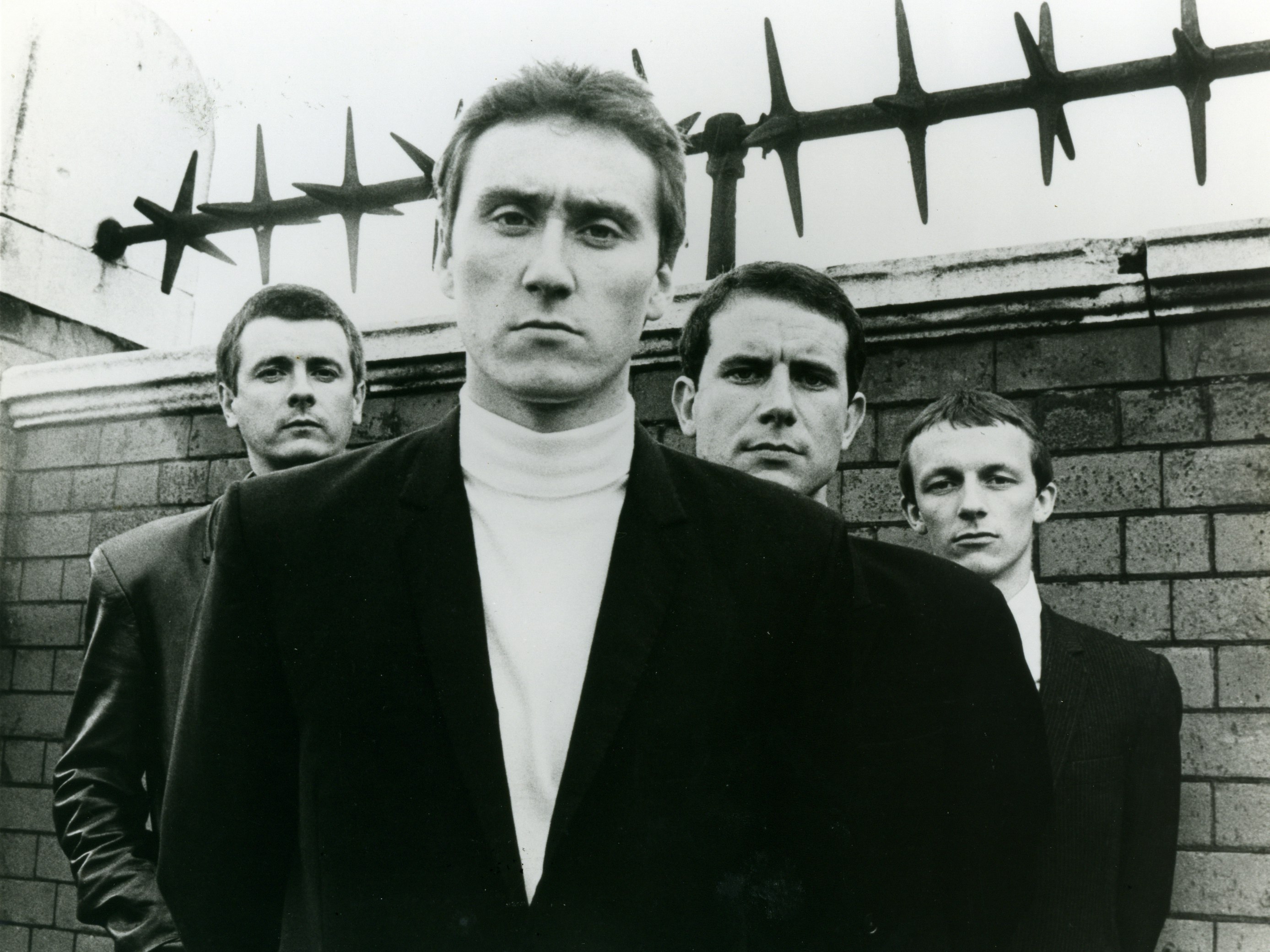

Johnson penned the handful of originals not long after receiving his terminal diagnosis, but there isn't a shred of self-pity or sadness here. Both musicians are notably older than they were back then - Daltrey doesn't bother reaching for the high notes and Johnson's playing isn't as manic as it was during the Feelgoods - but that's what makes Going Back Home special: neither are bothering to hide their age, nor are they desperately attempting to recapture their youth, they're reconnecting to their roots and seizing the present. Feelgood, 1975's Down by the Jetty, appeared nearly a decade after the Who's 1965 debut Sing My Generation - but the singer is only four years older than the guitarist, so they share many core American blues and R&B influences, speaking a common language from a different perspective. It may seem that a generation separates the two rockers - Johnson's first album with Dr. That twin connection is important, as Going Back Home isn't merely a return to Wilko's roots, it's a homecoming for Daltrey as well, marking the first time in decades that he's sung such tough, blues-based, three-chord rock & roll. Supported by his touring band, Johnson entered the studio with Daltrey and knocked out Going Back Home in a week, just like the Feelgoods and the Who did back in the old days.

Feelgood songbook: the hard R&B and rock & roll songs he wrote and recorded in the '70s that continued to resonate decades later.
ROGER DALTREY AND WILKO JOHNSON TOUR DATES PLUS
Wilko had a few new originals, plus the idea to cover Bob Dylan's "Can You Please Crawl Out Your Window," but he mainly stuck to the Dr. Instead of whiling away his final days, Johnson set out on a final tour and, finding himself still standing at the end of it, received an invitation from Who singer Roger Daltrey to go into the studio and record an album of whatever songs the guitarist wanted. Early in 2013, Wilko Johnson received the news that he had terminal pancreatic cancer and had maybe ten months to live.


 0 kommentar(er)
0 kommentar(er)
